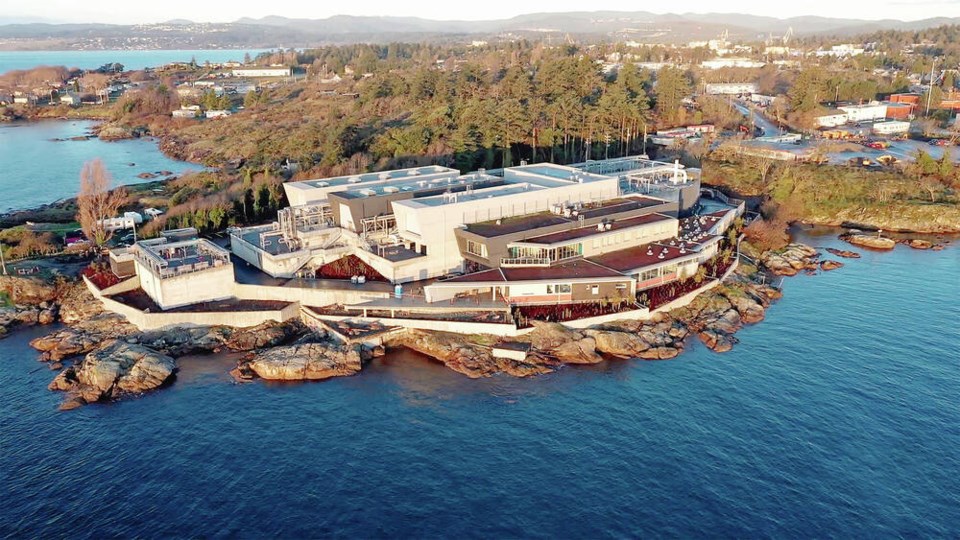• Prior to 2020, all wastewater from the core area was screened before being discharged into the ocean through outfalls at Clover Point and Macaulay Point. No other treatment occurred, which made the capital region the last major coastal community in North America to discharge untreated sewage into the ocean.
• In 1992, Capital Regional District voters opposed primary or secondary treatment in a regional referendum.
• In 2000, the province’s Environment Ministry called on the CRD to submit a 25-year sewage-treatment plan, ramping up the pressure amid tourism-boycott threats in 2008 and 2010.
• In 2012, new federal and provincial regulations required a minimum of secondary treatment for wastewater by Dec. 31, 2020.
• In 2013, the CRD formed the Seaterra Commission to oversee the design and construction of the core area’s wastewater-treatment program. The creation of Seaterra was mandated by the province before it would agree to kick in $248 million of the project’s $788-million budget. The province insisted an independent body of unelected technical experts be brought in to shepherd the project to completion. While local politicians were to retain broad oversight, the seven-person commission was to have day-to-day control over tendering, construction, financing and communications.
• Several land deals were made for potential treatment and sludge sites, including two warehouse properties in Esquimalt and Haro Woods in Saanich, but were rejected after public outcries. Potential plant locations were also considered in the rural Burnside area and in an industrial part of the Victoria Harbour.
• In April 2014, Esquimalt rejected a rezoning application for McLoughlin Point, an oil-tank farm at the mouth of the Victoria Harbour and preferred site for a plant.
• The Seaterra Commission was put on hold while further consultation was conducted and other wastewater treatment options were considered. Seaterra program management costs were budgeted at $6.1 million a year, including $2.3 million in salaries and $2.9 million for consultants, according to management-expenditure reports.
• In May 2016, the Core Area Wastewater Treatment Project Board was established by the Capital Regional District and tasked with reviewing previous work and providing recommended solutions.
• The board developed detailed cost estimates for short-listed options, ranked the short list using triple bottom line (economic, social and environmental) criteria, and identified the best option.
• In September 2016, the federal government set a deadline of the end of the month for finding a site, and after months of infighting between municipalities, the CRD voted in favour of building the sewage treatment plant at McLoughlin Point, based on the recommendation of the province. The plan included a smaller footprint at McLoughlin and a biosolids plant at Hartland landfill.
• In 2017, the project moved into the construction phase. The contract for the project was awarded in April 2017 to Harbour Resource Partners and construction began with blasting and excavation at McLoughlin Point and drilling of the harbour crossing at Ogden Point.
• By 2018, construction was underway on all major components of the project, including the treatment plant, residuals treatment facility, Clover Point pump station, Clover forcemain, Macaulay Point pump station and forcemain and residual solids conveyance line.
• The height of construction on the Wastewater Treatment Project took place in 2019, with work happening across three municipalities — Esquimalt, Victoria and Saanich.
• In 2020, the majority of construction was completed and the project achieved its goal of treating the core area’s wastewater by Dec. 31, 2020.
• Just over 2.5 million construction hours were spent on the treatment project, by 11 major contractors. At the peak of construction, there were 650 people working at 24 construction sites.
• About 35 kilometres of pipes were installed.
• Funding for the project was provided by the federal government ($211 million), the province ($248 million) and the CRD ($316 million).
• The $775-million project will cost about $50 million a year to operate, including financing costs for the CRD’s $316-million share of the development.



